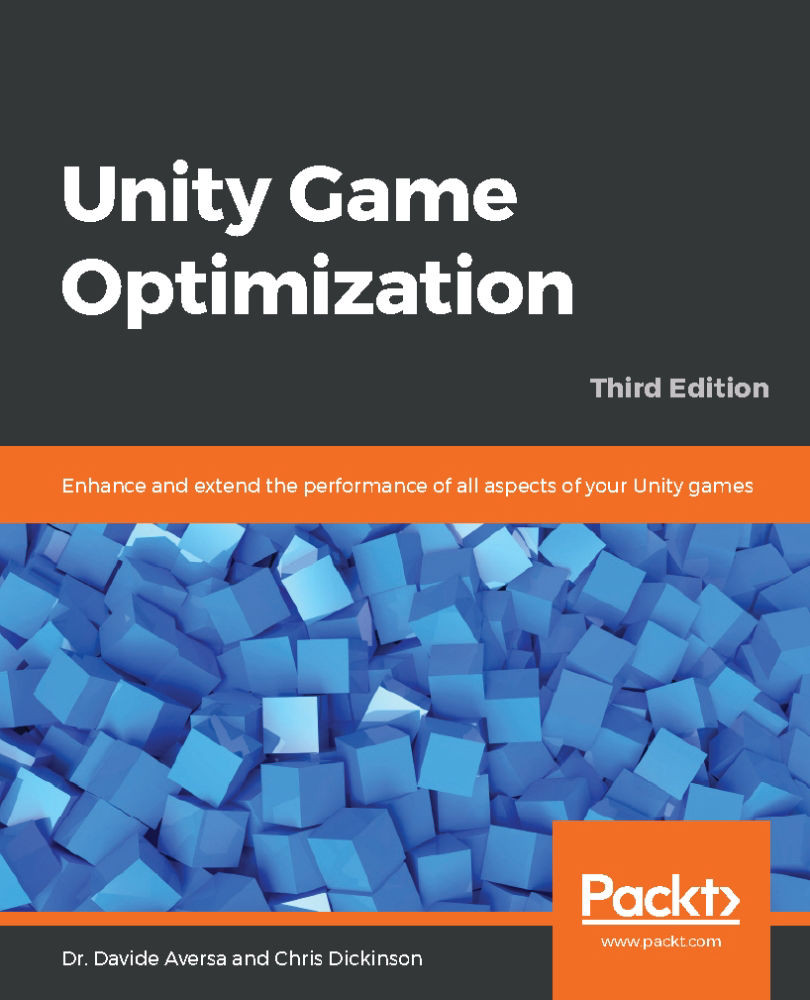Developing an XR product in Unity involves importing one of several XR software development kits (SDKs) into our Unity project and making some specialized API calls to configure and use the platform at runtime. Each SDK is different in its own way and offers a different set of features. For instance, the Oculus Rift and HTC VIVE SDKs provide APIs to control VR HMDs and their respective controllers, whereas Apple's ARKit provides utilities to determine spatial positioning and superimpose objects on the display. Unity Technologies have been working hard to create APIs that support all of these variations, so the APIs for XR development in Unity have changed a lot over the past few years.
The early days of Unity VR development meant dropping native plugins into our Unity projects, importing SDKs directly from an external developer portal (involving all...



